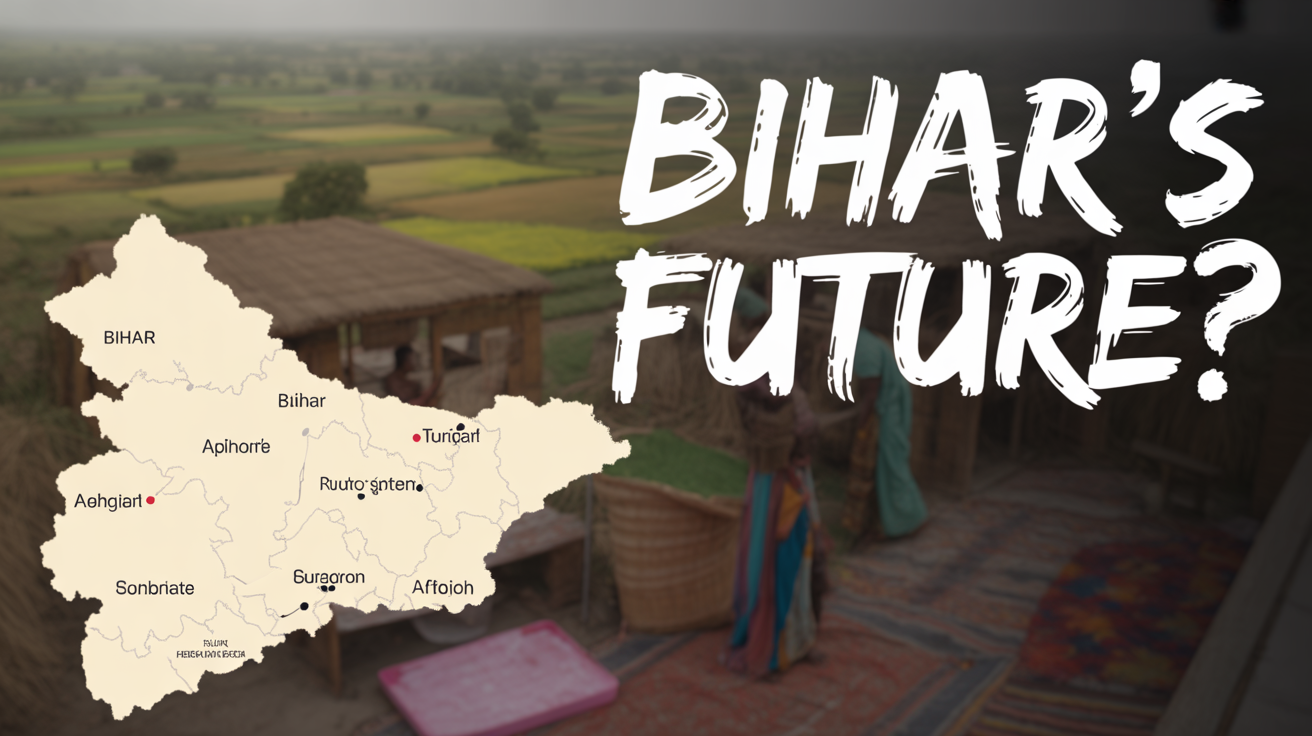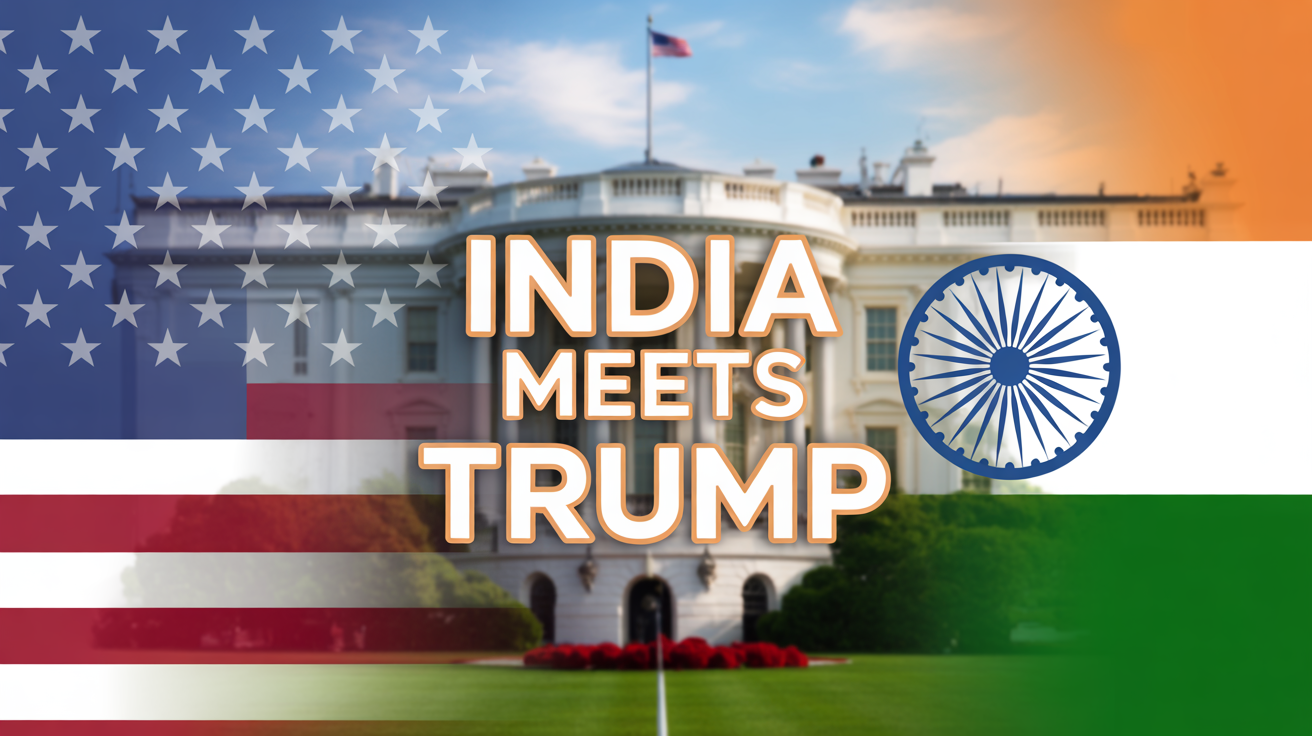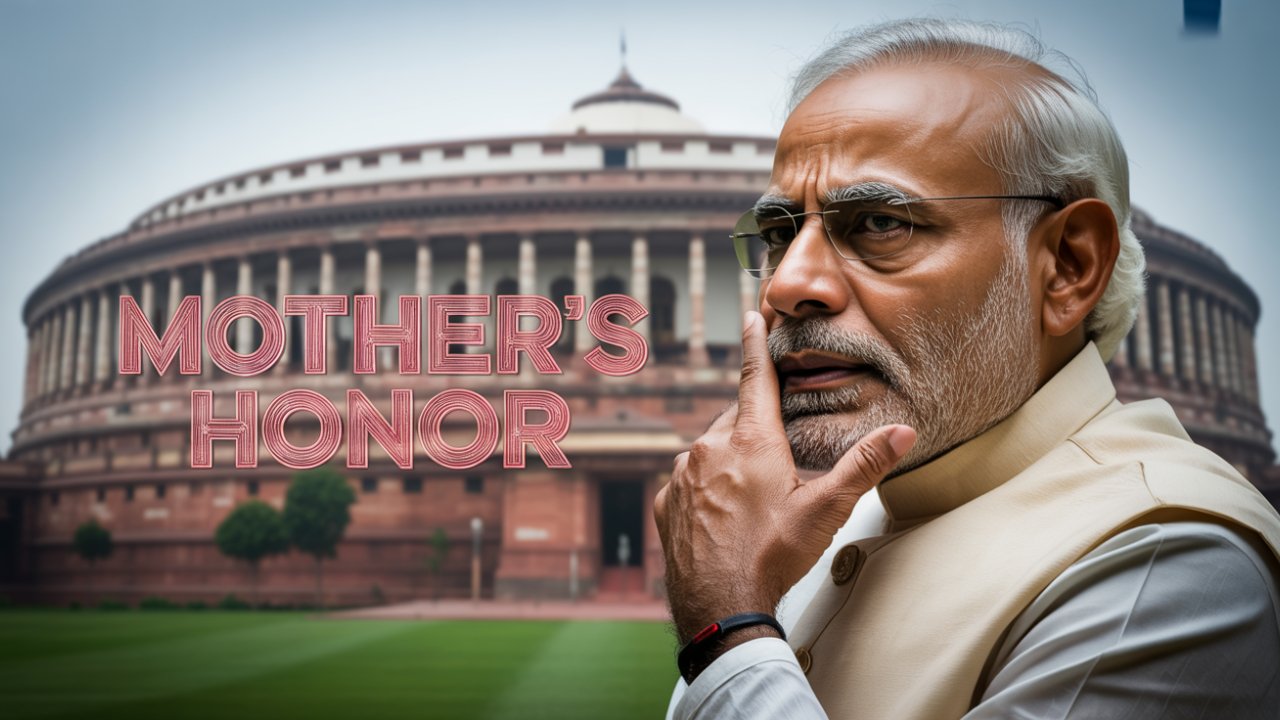1. Bihar’s Political Landscape
Bihar, with its fertile plains, flowing rivers, and orchards, has a complex political scenario. Alliances, betrayals, and caste equations dominate, making governance and election outcomes unpredictable despite the state’s rich natural and cultural backdrop.
2. BJP’s ‘Double Engine’ Paradox
The BJP’s ‘double engine’ concept, representing power at both the Centre and state, hasn’t worked fully in Bihar. Despite national strength, BJP has often remained secondary, relying on Nitish Kumar’s leadership for local stability and electoral success.
3. Rise of Nitish Kumar
In 2005, Nitish Kumar became Bihar’s Chief Minister, ending the RJD era. He introduced law and order, infrastructure development, and governance reforms, earning the ‘Sushasan Babu’ image, which became the driving force behind BJP-JD(U) electoral success.
4. BJP-JD(U) Alliance Dynamics
The BJP allied with JD(U) to form a government in 2010, yet Nitish Kumar remained the primary driver of success. BJP played a supportive role, gaining ministerial positions but remaining dependent on Nitish’s political strategy and popularity.
5. Alliance Break-ups and Realignments
In 2013, Modi’s prime ministerial ambitions caused the alliance to break. Nitish later formed the Mahagathbandhan in 2015, defeating BJP. By 2017, ideological differences and political calculations brought him back into NDA, emphasizing his indispensability to BJP in Bihar.
6. 2020 Elections and Irony of Double Engine
In 2020, BJP won 74 seats, JD(U) 43, but Nitish retained the Chief Minister post. While Modi’s charisma helped the alliance, the actual power and decision-making remained with Nitish, highlighting BJP’s limited local influence despite electoral gains.
7. Loss of Sushil Modi
The death of Sushil Kumar Modi in 2024 left BJP without a strong Bihar anchor. He had been crucial in maintaining alliance balance with Nitish Kumar, and his absence exposed BJP’s weak leadership bench in the state.
8. Young BJP Leaders’ Challenge
Leaders like Nitish Mishra and Nityanand Rai show potential but lack credibility as Chief Minister candidates. Senior leaders such as Ashwini Choubey and Ravi Shankar Prasad are older or limited in caste influence, leaving BJP heavily dependent on Nitish’s survival tactics.
9. Reliance on Modi Factor
BJP relies on Prime Minister Modi’s charisma in Bihar elections. While his national appeal mobilizes voters, local caste dynamics and grassroots leadership are crucial. Nitish Kumar remains essential for BJP to maintain stability and navigate Bihar’s complex political terrain.
10. SWOT Analysis of BJP in Bihar
Strengths: Modi factor, organisation, alliance reach. Weaknesses: Lack of local leadership, dependency on Nitish, limited caste influence. Opportunities: Alliance advantage, youth development, central support. Threats: Nitish’s volatility, opposition rise, alliance instability.
Conclusion
Bihar politics remains a challenging terrain for BJP. Alliances with Nitish Kumar are essential for stability but limit autonomy. Strengthening local leadership while managing coalitions will determine whether the BJP’s ‘double engine’ dream succeeds or remains a symbolic slogan.






